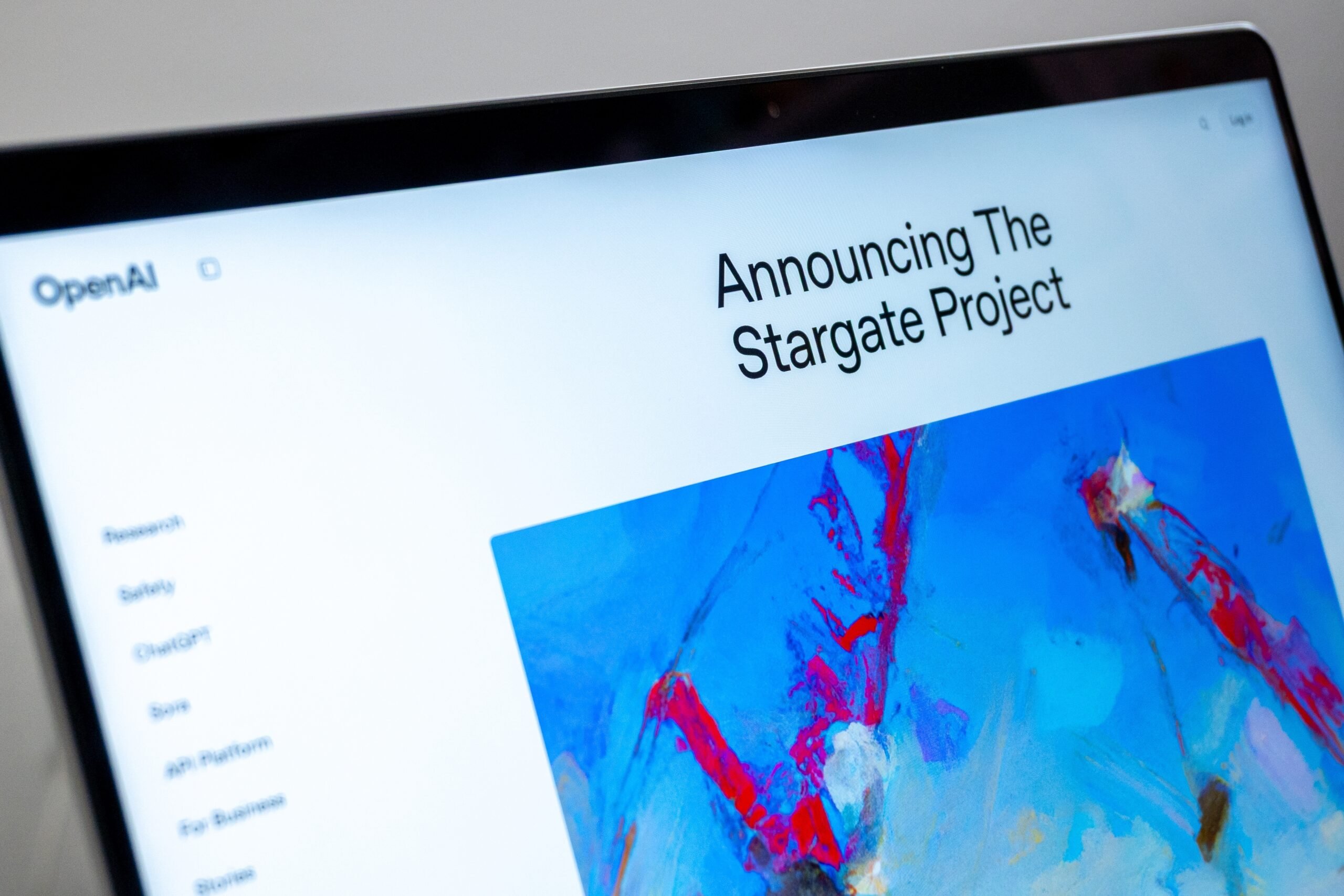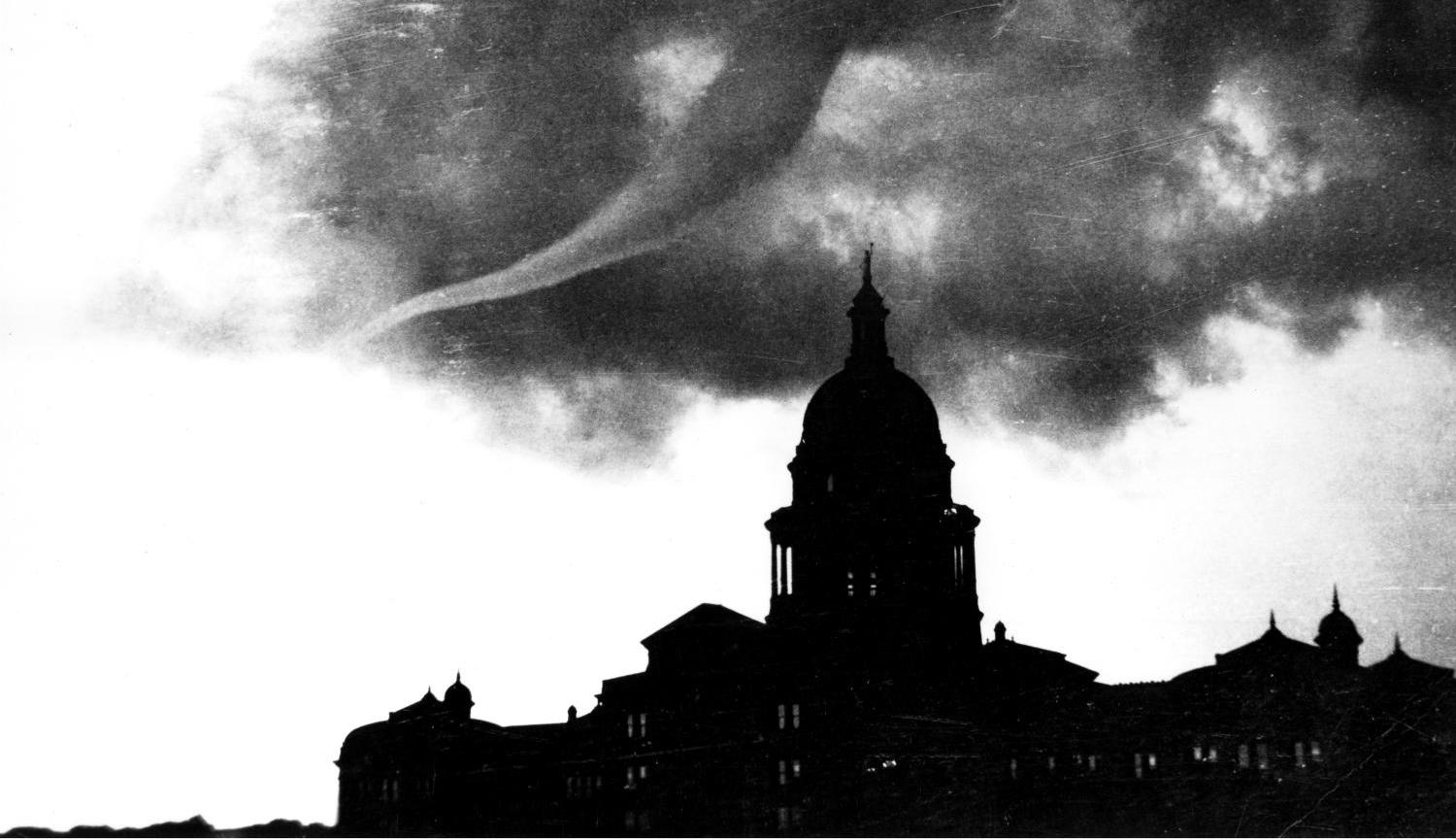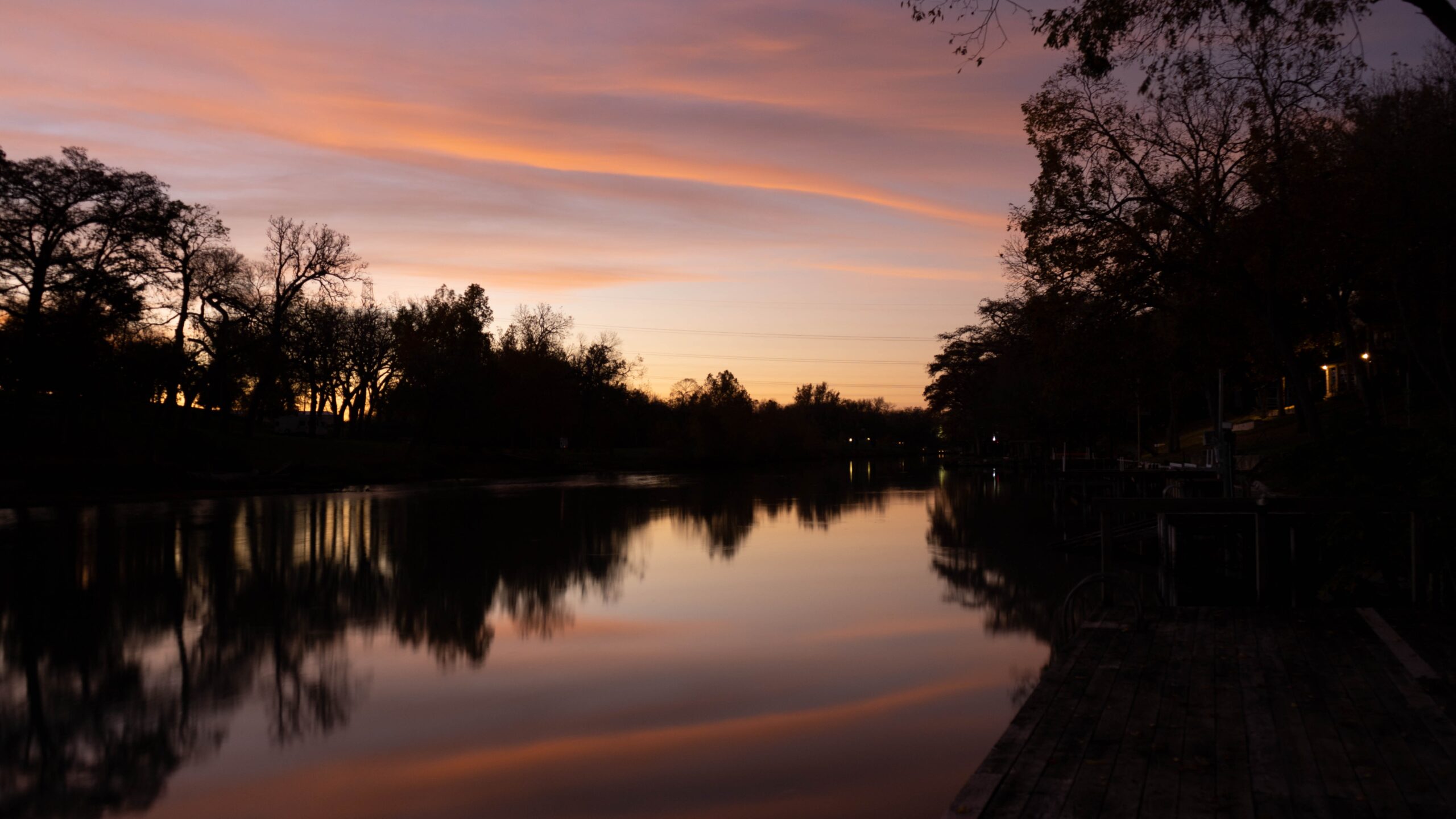Capitol Offenses
Smoke and Mirrors
One of the final acts of the 76th Legislature was the passage of Senate Bill 766, the voluntary emissions control bill that would allow grandfathered plants, that is, major industrial polluters exempt from the state’s air pollution controls since 1971, to volunteer to clean up their toxic emissions. The bill’s House sponsor told Austin State Representative Glen Maxey that the bill represented an opportunity to improve the governor’s image in the environmental community; its passage would “make Governor Bush green for the presidential primaries.”
Passed by the Legislature in May 1999 and signed into law by the governor, the bill took effect the following September. Now, one year after the program began, a study indicates that the bill has done little to clean up the air. An analysis of Texas Natural Resource Conservation Commission pollution statistics, which was funded by a coalition of 44 environmental and good government groups (ranging from the League of Women Voters of Texas to the Odessa NAACP to the Texas Environmental Defense Fund) found that the actual volume of air-pollution reduction brought about by Senate Bill 766 is negligible.
Even if the TNRCC’s official statistics are correct, and not inflated—as the coalition, known as the Texas Air Crisis Campaign, claims in a very detailed study—the voluntary compliance law promoted by Governor Bush has done little to clean the air. “The TNRCC’s own Website says grandfathered pollution has only been reduced by 3 percent,” said Texas Environmental Defense director Jim Marston in mid-September, when the Air Crisis group was still working on its study. Pollution from the grandfathered facilities accounts for roughly 30 percent of the total air pollution volume in Texas, which leads the nation in air pollution volume. The Air Crisis report, released in early October, is based on the state agency’s own data. It concluded that the TNRCC inflated its claims.
For example:
Reductions that have not yet occurred are nonetheless included in the current 3 percent reduction figure. TNRCC language even reads: “These reductions may not show up in the emissions inventory for several years….;”A majority of the reductions claimed by the agency were actually a result of permits granted before SB 766 went into effect on September 1, 1999. Of the estimated 15,885 tons of reduced air pollution, 8,687 tons are from facilities that received their permits before September 1999.Some of the reductions the agency includes in its 3 percent occurred even before Governor Bush’s 1997 voluntary emissions reduction program, which was the precursor to the 1999 voluntary law.Much of the pollution reduction was brought about by the federal Clean Air Act, rather than SB 766. Houston-Galveston, Dallas-Fort Worth, and Beaumont-Port Arthur are out of compliance with guidelines established by federal law, so industries there are governed by State Implementation Plans submitted to the federal Environmental Protection Agency. These “SIPs” mandate certain pollution reduction measures, which apply even to grandfathered plants.
Overall, the Texas Air Crisis Campaign report claims, reductions that are a direct result of the bill Governor Bush supported in the last legislative session account for less than 1 percent of the state’s grandfathered emissions. Yet even if the agency’s numbers are correct, the results are modest. “Even if you use the TNRCC numbers, it’s too little too late,” said Marston, who directed the study.
This latest revelation puts the finishing touches on another embarrassing chapter in the history of “regulatory reform” in Texas. In the 1999 legislative session, two competing bills addressed pollution problems caused by the state’s 800 grandfathered facilities. (The grandfathered plants were exempted from modern pollution-control technology when the state’s Clean Air Act was passed in 1971. At that time it was optimistically assumed that the grandfathered facilities would gradually install modern pollution-control technology, or eventually go out of business.) Senator Gonzalo Barrientos, D-Austin, and Representative Glen Maxey, D-Austin, introduced a bill that would require grandfathered plants to clean up their emissions and install what is known as Best Available Control Technology (BACT). Senator Buster Brown, R-Lake Jackson, and Representative Ray Allen, R-Grand Prairie, introduced SB 766, which allows grandfathered polluters to volunteer to clean up emissions, and allows polluters to use emission control technology no more than 10 years old—rather than the best available control technology that is required in most states and would have been required by the Barrientos-Maxey bill.
The fact that the bill Governor Bush supported and signed into law is generous to industrial polluters (who had already had 30 years to clean up) might be related to the fact that the law was written by an industry lobbyist who had served as general counsel to the Texas Chemical Council. SB 766 was drafted by R. Kinnan Golemon, of the Austin law firm of Brown, McCarroll & Oaks Hartline. Peter Altman, of the Austin-based environmental coalition SEED, used the Texas Open Records Act to establish a paper trail that includes Golemon’s draft of the bill, which was sent to Terri Seales of the House Environmental Affairs Committee and Dan Eden at the TNRCC. “Attached you will find a draft of the legislation our office has put together to address the voluntary permit program to bring the grandfathered facilities into the permit realm,” Golemon writes in his January 22, 1999 cover letter.
Also included with the draft of the bill are notes from Texas Chemical Council executive director Jon Fisher to TNRCC Chairman Ralph Marquez, a Bush appointee and former Monsanto chemical company executive. “I think you need to back off on the latter date a bit and say 2002 for the early stuff and 2007 (applications due, not permits issued) for the analysis mentioned above. Also, you might consider putting a deadline of 2017 for issuing permits, which gives people the idea that some might have a while to negotiate.” Fisher concluded: “You know these are not official TCC [Texas Chemical Council]. I am trying [sic] to head off undue opposition.”
In short, a lawyer/lobbyist and general counsel for a powerful interest group that represents the regulated industry wrote the law that would regulate the industry. And the executive director of the industry lobby group asked for an additional 18 years for major industrial polluters that had already escaped regulation for 30 years. All of this was done in back-channel communications with the House Environmental Affairs Committee and the regulatory agency.
Considering the origins of the governor’s voluntary program, a 3 percent reduction might be considered substantial.
Yet before the Legislature set out to address the problem, there was already in place a voluntary program, operated under the auspices of Governor Bush’s office. This voluntary program provided the early framework for Senate Bill 766, and it, too, was a program designed by the regulated industry—with no citizen input and no participation by the representatives of environmental groups or legislators who had demonstrated an interest in the state’s air quality. Information about the governor’s voluntary program was only made public because of the work of Altman and others. TNRCC commissioners, in fact, were concerned about the public and legislators’ reaction to the volume of grandfathered pollution. Shortly before the agency released a list of “companies that continue to have grandfathered facilities and the magnitude of the emissions from those facilities,” then-TNRCC chair Barry McBee wrote a memo to select members of his staff. “Have we given thought to whether and if so how we will share that sort of listing with legislators and or the public?” McBee wrote on August 28, 1998. (McBee now works for Lieutenant Governor Rick Perry.)
The governor’s voluntary emissions program was developed under the guidance of two oil company executives: V.G. Beghini of Marathon Oil Company and A.L. Condray of Exxon, USA. Bush himself, according to the oil company executives’ letter found in TNRCC files, asked that Beghini and Condray meet with representatives of the grandfathered industries and devise a pollution-reduction program. “In early March, while discussing the National Ambient Air Quality Standards issue with Governor Bush, he asked us to work with his office to develop the concepts of a voluntary program to permit grandfathered facilities in Texas,” the oil company executives wrote in a joint letter.
Invited to the first meeting on the governor’s voluntary emissions program, held June 19, 1997, at Exxon’s corporate office in Houston, were representatives of: Alcoa, Amoco Oil, Valero Energy, Chevron, Coastal Corporation, Conoco Inc., Dow Chemical, Lyondell Petrochemical, Lyondell Refining Company, Mobil, Phillips 66, Shell Oil, Simpson Paper, Texaco, and Texas Utilities. John Howard, who handled environmental affairs for Governor Bush, also attended.
The meeting was described in an angry memo written by Jim Kennedy of DuPont. The chemical industry is generally cleaner than oil and gas refiners, and Kennedy evidently believed that oil and gas refiners were running the show. “Exxon and Amoco made the presentations, with occasional contributions from Marathon… the approach was pretty much like ‘This is the way it’s going to be—do you want to get on board or not?’ The feeling of at least three of the chemical folks here seemed to be ‘Not.'”
Kennedy complained that the term TNRCC “did not even appear in the overheads that were used in the meeting.” The state regulatory agency, he wrote, would “participate with us” and be available for industry representatives “to call them in as a resource.” Kennedy also complained that the original proposal had no “meat” with respect to actual reductions. “One of the leaders actually stated that emissions reductions was not a primary driver for the program. I know for a fact that in the mind of at least one TNRCC commissioner, emissions reductions is the primary driver for the program.”
The argument has been made by the Bush campaign and some at the TNRCC that cleaning up the grandfathered plants was the Governor’s idea, and that since 1971 other governors had the opportunity to reduce grandfathered emissions. As recently as last week, for example, TNRCC commissioner Ralph Marquez told The Philadelphia Inquirer that cleaning up the grandfathered plants was “the governor’s idea.” Yet the June 11, 1997, letter written by the Marathon and Exxon executives concludes with the warning that “that our state law makers are ready to end grandfathering.” With four of the state’s major urban areas already out of compliance with the Federal Clean Air Act, and therefore facing penalties that include loss of federal funds and restrictions on growth, there was increasing momentum in the Legislature to get tough with the grandfathered industries. Bush, instead, allowed oil company executives to devise his voluntary program. And when pressure to pass a law grew, he supported a bill written by an industry lobbyist, backed by the industry lobby, and opposed by every environmental organization in the state.
Among the factual findings in the Texas Air Crisis Campaign report is that the Marathon-Ashland Plant (permitted in March of 1999) and the Exxon-Mobil Baytown refinery (permitted in March of 2000) are scheduled to reduce emissions by 1,024 and 2,439 tons respectively. But Marathon’s permit allows it until 2006 to complete its reductions; Exxon has until 2007.
There is no smoking gun that connects Marathon’s Beghini and Exxon’s Condray to the lax emissions reduction policy. Only smoking refineries. These guys wrote the guidelines that were incorporated into Senate Bill 766, then lobbied to make the bill a law. No one would expect that law to be too hard on them.
Former Observer editor Louis Dubose is politics editor at The Austin Chronicle, where a version of this article appeared.
Ten Big Polluters Who Designed Bush’s 1997 Anti-Pollution Program
Company and Grandfathered Tonnage
Texas Utilities: 210,437
Alcoa: 109,646
Phillips: 66 37,841
Valero: 8,335
Shell: 15,010
Amoco: 14,282
Coastal: 8,628
Lyondell-Citgo: 8,297
Lyondel:l 8,069
Dow: 5,568
Total: 436,113
Of the 17 industry executives the governor and Big Oil brought together in 1997 to clean up their own pollution, 10 represented companies that were among the state’s Top 30 grandfathered polluters. Listed above are the companies and the number of tons of grandfathered toxic emissions each company released into the air.
Grandfathered polluters were exempt from the state’s 1971 Clean Air Act. “Grandfathered” industrial emissions in 1997 totaled 1.5 million tons. Non-grandfathered industrial emissions in 1997 came in at 1.4 million tons. Automobile emissions in 1997 totaled 1.5 million tons.
Source: “Grandfathered Air Pollution: The Dirty Secret of Texas Industries,” 1998, the Lone Star Sierra Club and the Galveston-Houston Association for Smog Prevention.


